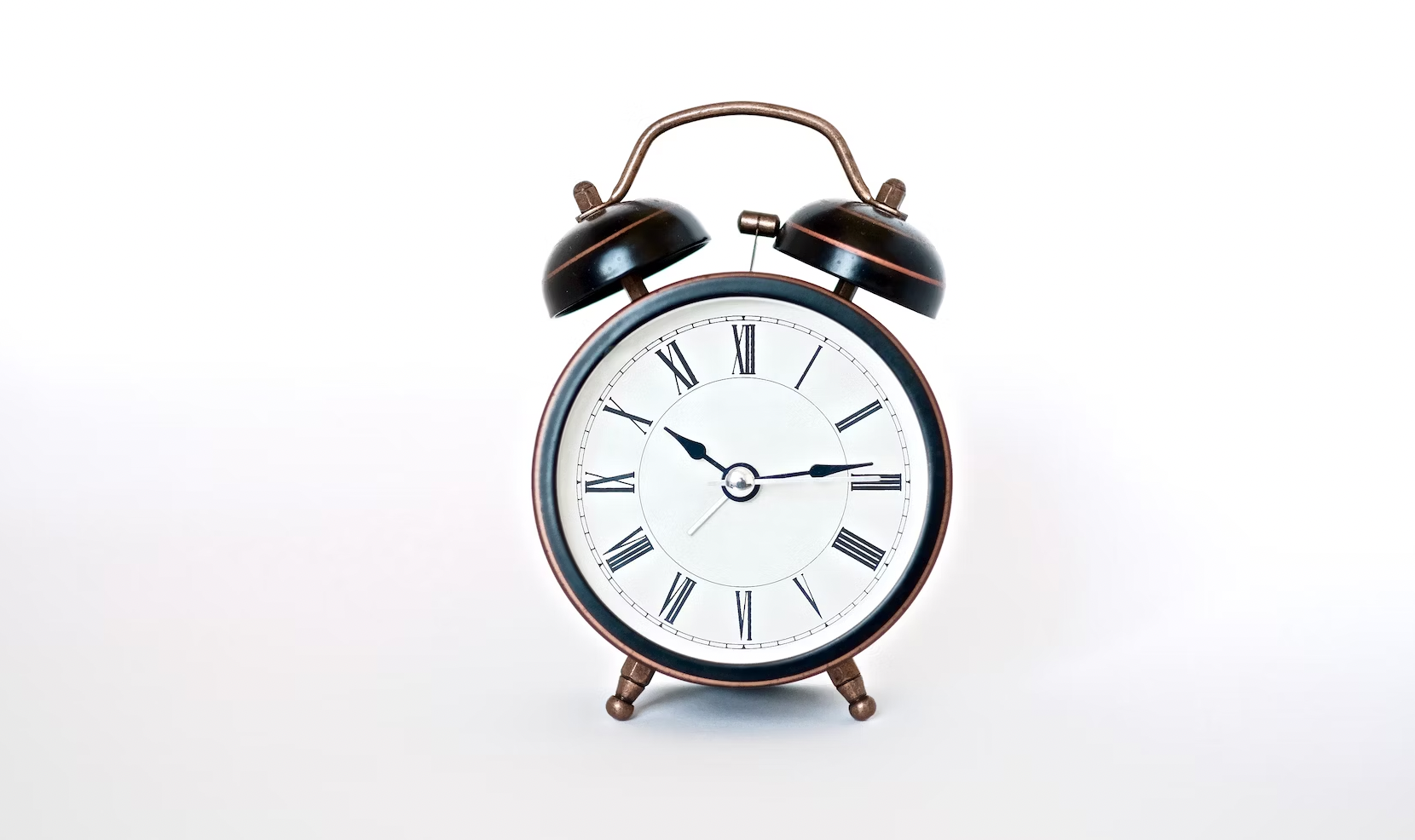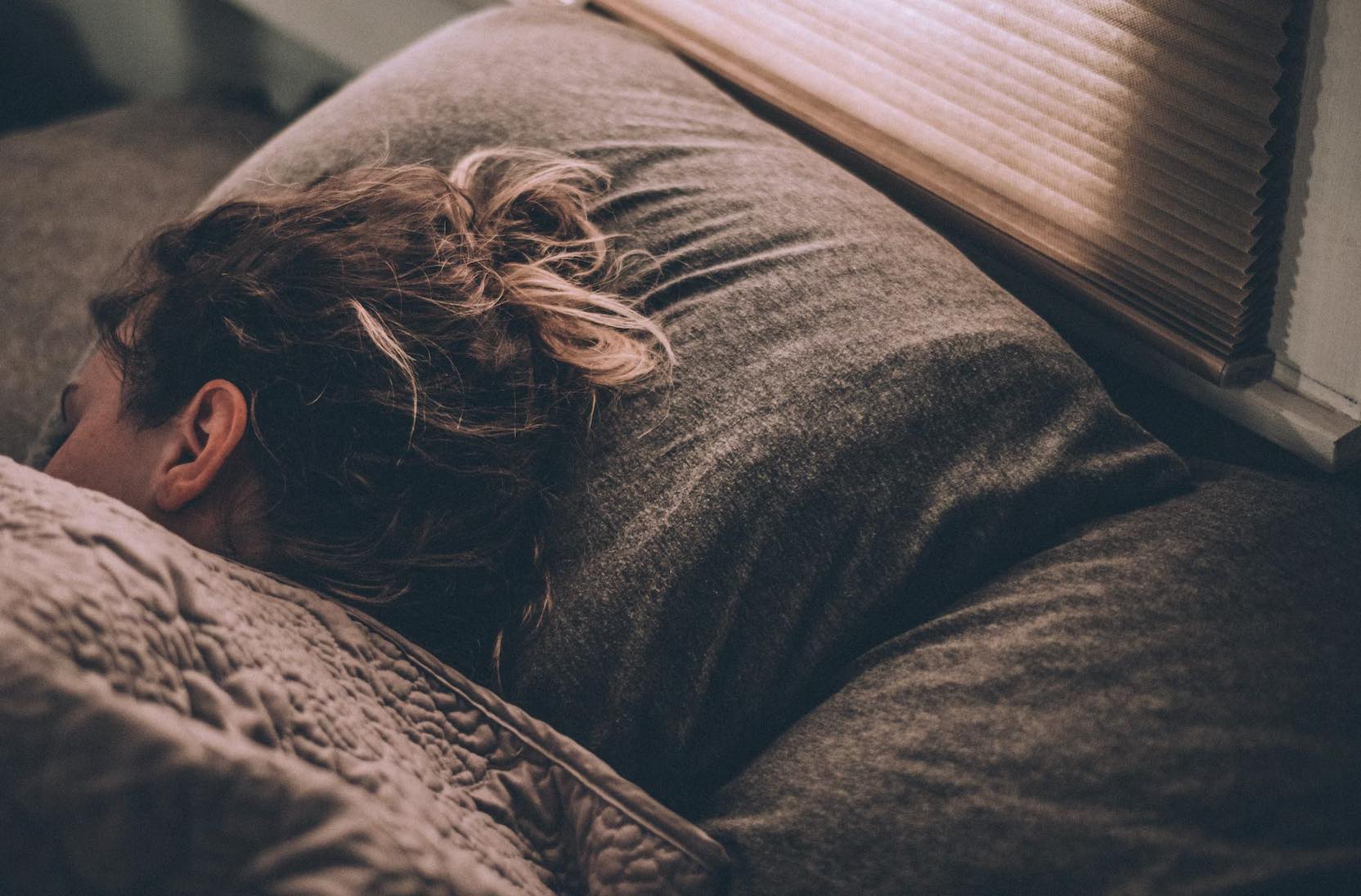Stop Snoring / CPAP Alternative
What is Obstructive Sleep Apnea, and how to recognize and manage it?
Snoring is not a situation taken lightly. It can have serious health consequences. Not every person who snores has Obstructive Sleep Apnea (OSA), but most people with OSA snore.
Obstructive Sleep Apnea is a serious condition affecting millions of Americans. The muscles responsible for keeping the upper airway open tend to relax during sleep, contributing to the closure of the upper airway.
When a person falls asleep, the muscles of the airways start losing their tone creating the probability of airway closure. Snoring results when there is a partial closure of the upper airway, while a full closure of the airway is characterized by a pause of breathing during sleep, despite the effort to breathe; this is called apnea, and because the blockage or obstruction occurs while the person is sleeping, it is named Obstructive Sleep Apnea (OSA).
This interruption of breathing can last from a few seconds to a minute or more. Each time this happens, the brain will wake the person up to a superficial stage of sleep, regaining the muscle tone and allowing the person to breathe again. Once the person is breathing normally, they will relax and return to a deeper sleep stage allowing the airway muscles to lose tone to repeat the cycle that can repeat all night, several times per hour. The more times per hour this cycle occurs, the more often the person switches from a deeper sleep to a superficial sleep.
This is called sleep fragmentation, which typically feels like waking up unrefreshed or are consistently tired or sleepy during the day. Some patients relate to this as mental fog. People tend to be less alert and more prone to mistakes or accidents, such as car accidents or work-related injuries to themselves or others.
The frequency of arousals can be as little as 5 to 30 or more per hour. A sleep test at home or lab could determine how often a person’s normal breathing is interrupted per hour.
Because of the constant interruption of continuous oxygen supply to the brain and other systems that regulate the body, other health conditions may develop over time. OSA is proven to be associated with diabetes, high blood pressure, heart attack, stroke, atrial fibrillation, anxiety, depression, memory loss, problems focusing and erectile dysfunction, and other conditions.
Symptoms associated with OSA include snoring, daytime sleepiness, acid reflux, difficulty focusing, daytime tiredness, drowsiness, and a tendency to make mistakes due to less alertness. Dozing or falling asleep while driving a vehicle or machinery is an unfortunate consequence many patients suffering from OSA are experiencing.
The gold standard for treatment is CPAP; however, compliance is low. Oral appliances could be an alternative for patients that are intolerant or unwilling to use a CPAP. Oral appliances are similar to a mouthguard that sets the jaw in a downward and forward position, allowing for better breathing during sleep; they are a proven alternative to CPAP for mild and moderate OSA. The compliance of oral appliances is better than CPAP, offering an alternative for patients not able to tolerate the CPAP or for patients looking for a more convenient option to the CPAP to manage their OSA during traveling or camping.
We can help you to manage this condition. We work to team up with your physician to achieve the best possible results.
If you feel constantly tired during the day besides having a good amount of sleep, or wake up unrefreshed or need a short nap, it could indicate a sleep-breathing disorder such as OSA. A consultation with your physician would be wise in this case.
A good screening tool to determine the need for further evaluation could be the Epworth Sleepiness Scale to screen for excessive daytime sleepiness. Another screening tool you can utilize is the STOP-BANG questionnaire which specifically screens for probabilities of having OSA. You will find these screening tools in the links below.
If you suspect you may have OSA, click on the link below and complete the screening tools; bring them to our office to discuss if there is any need for further evaluation, or take them directly to your physician.
If you have any questions, contact us at (909) 987 5522.
We are looking forward to helping you!



No Insurance? No Problem.
We offer payment plans from 12 month no interest to up to 5 years.
GET IN TOUCH
Location
10064 Arrow Rt
Rancho Cucamonga, CA 91730
Hours
Phone
Phone: 909.987.5522
Fax: 909.987.5532

office@arrowdentalarts.com
